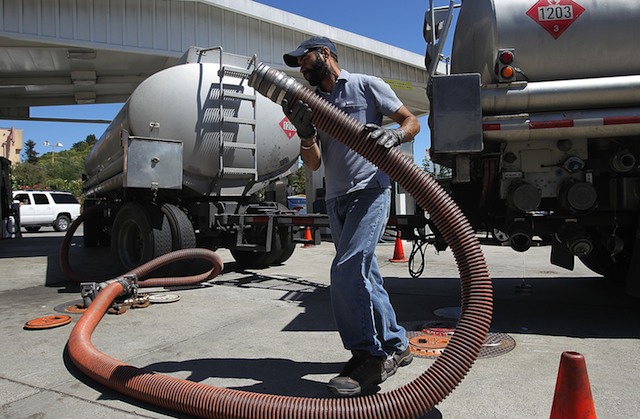The burdens of the working poor are increasingly borne by a growing class of people of color. That’s the latest finding from a new report (PDF) from the Working Poor Families Project.
This is the way it shakes out: in 2013, people of color made up 58 percent of the 10 million low-income working families in the U.S., even though people of color are just 40 percent of all working families across the country. The dynamic has only worsened since the start of the recession in 2007 and during a time when the nation’s workforce has become more racially diverse.
People of color are well on their way to constituting the majority of people in the U.S. As such, their share of the U.S. workforce is growing, even as white people’s growth in the U.S. has stagnated. Between 2012 and 2022, the number of people of color in the U.S. workforce is expected to grow by 21 percent while the number of white people working in that same period is set to decline by 2 percent. The dropoff is due largely to white people’s stagnating growth in the U.S. The year 2013 marked the first that white deaths in the country outnumbered white births, according to the Washington Post.
Given that people of color are the nation’s fastest-growing groups, their economic well-being is of pressing concern to the nation’s, the report argues. But while the country is celebrating signs of economic revival, low-income workers and people of color are being left behind. Between 2009 and 2013, the numbers of low-income families grew from 10.1 million to 10.6 million, with people of color making up a disproportionate amount of that growth. Today, the racial wealth gap between whites and blacks is at its highest level since 1989, and white households have a median net worth that’s 13 times that of black families’ net worth, and 10 times that of Latinos’.
Different racial groups are also more likely to work in different kinds of low-wage jobs, report authors point out. Asians in the bottom rungs of the income scale are more likely to work in salons, or as retail workers. African-Americans are most likely to be concentrated among the ranks of health aides, cashiers, and as caregivers. Latinos, meanwhile, are more likely to work in cleaning and in restaurants.
"Racial/ethnic minorities are not disproportionately low-income because of a lack of work effort," according to the report, "but because they are more likely to be working in low-paying jobs."
(h/t Los Angeles Times)
